Hardy Monument
Hill fort with three rings and great views. It’s thought the inner ring dates from around 500 -600 BC. There’s evidence of Bronze Age, Iron Age and Roman occupation at the site.
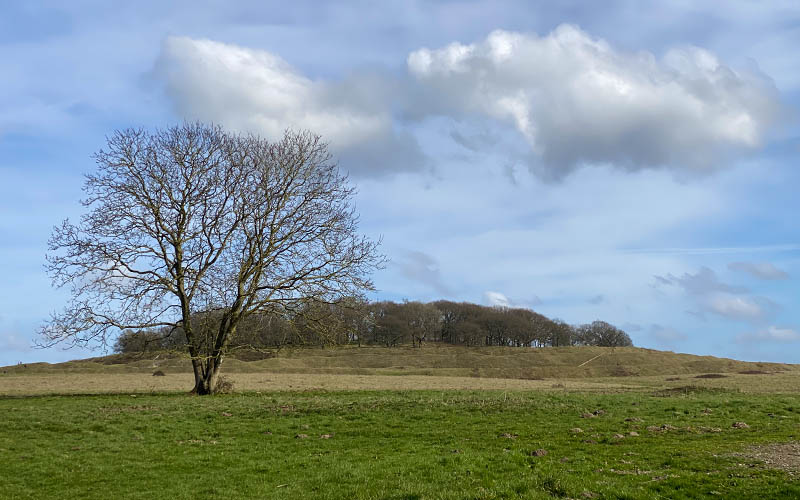
Famous for red squirrels, wildlife and Scouting.
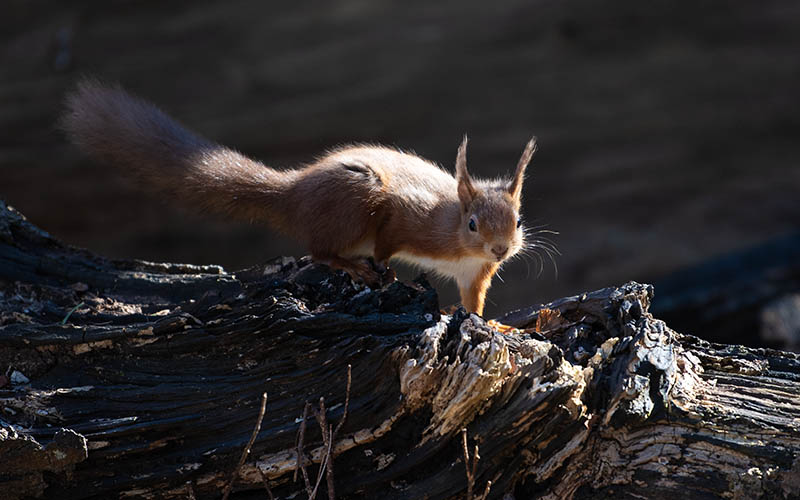
Spectacular coastline with cliffs and miles of unspoilt beaches.
Ancient naked male figure sculpted into the chalk hillside above Cerne Abbas.
The rural retreat of Lawrence of Arabia.
Thousand-year-old royal castle, now in ruins.
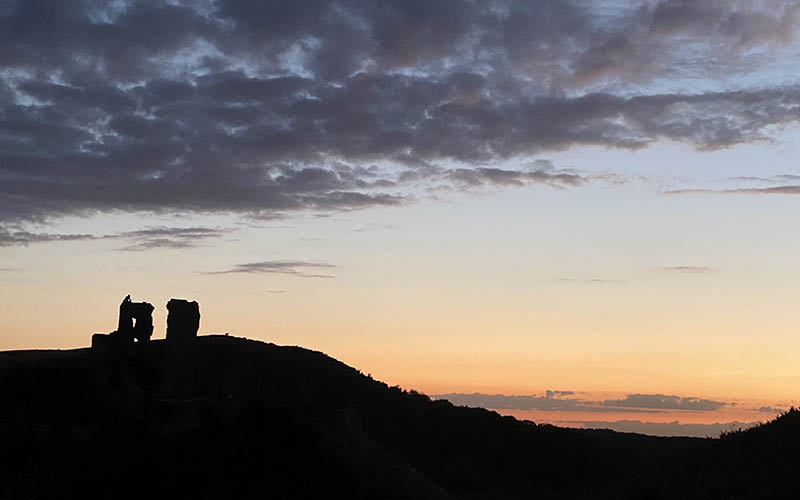
Iron Age hill fort and downland with views across the Marshwood Vale to the coast.
Flowery downland and far reaching views.
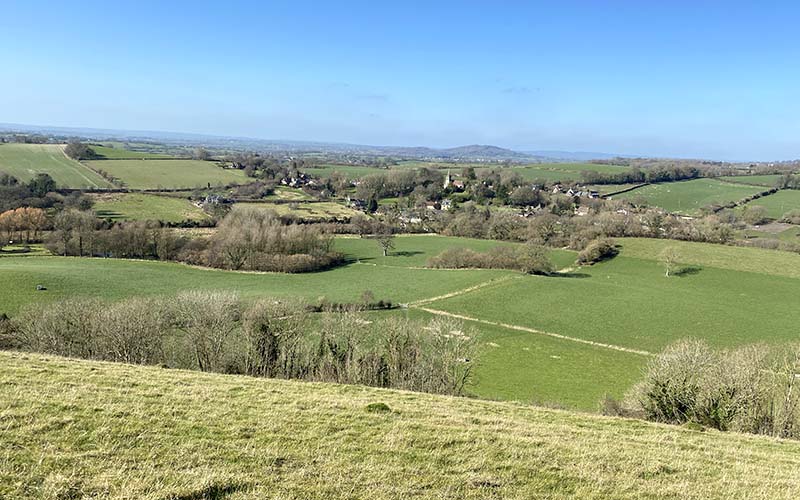
Stunning coastline and England’s only natural World Heritage Site. At 191 metres, it is the highest point on the south coast of Great Britain.
Iron Age hill fort with great views and spectacular wildflowers.
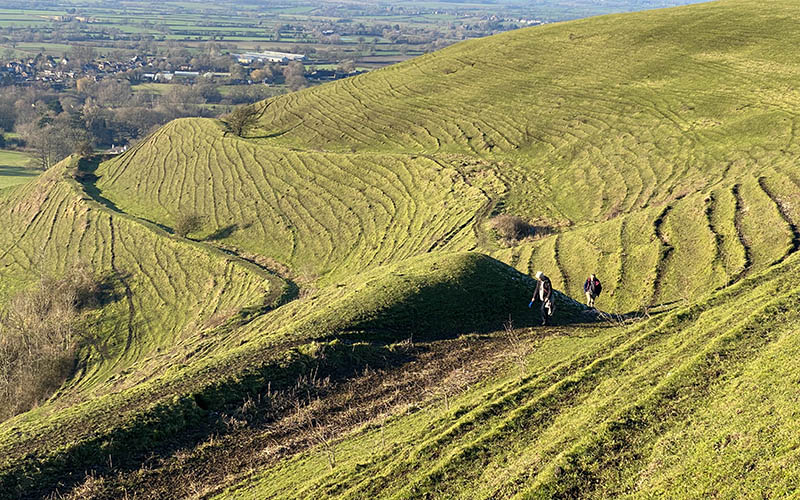
72ft stone monument to Vice-Admiral Hardy. Thomas Masterman Hardy served as flag captain to Admiral Lord Nelson and commanded HMS Victory at the Battle of Trafalgar.
Dorset’s largest hill fort, known for its downland wildlife.
Family home built to resemble an Italian Palace. You can also take a walk in the large grounds. A great place to see spring blossom.
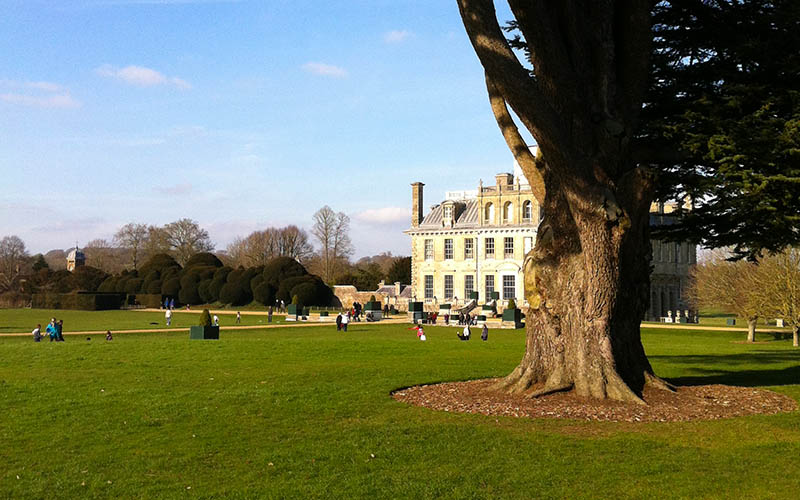
Ancient hill forts.
The highest point in Dorset with views between the trees over Devon, Somerset and out to sea.
Victorian home designed by writer Thomas Hardy.
One of Dorset’s prominent landmarks, dominated by an Iron Age hill fort.
Towering sea cliffs and grasslands rich in wild flowers. If you’re into fossils, you can find the preserved footprints of dinosaurs nearby at Keates Quarry.
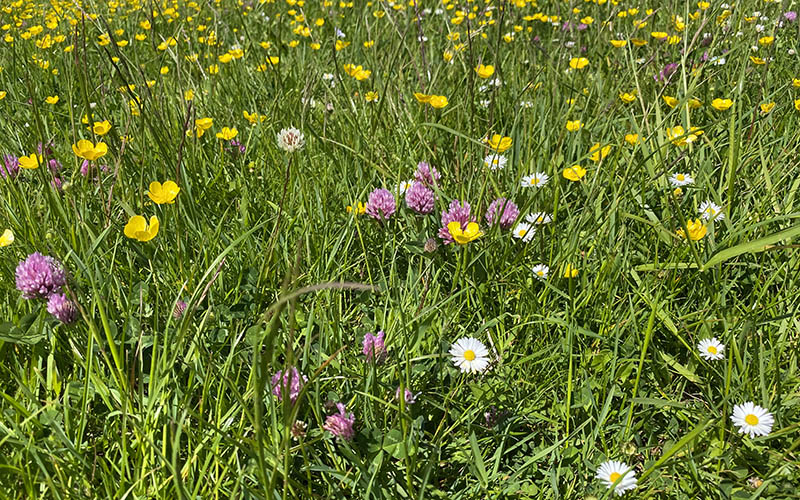
Large area of sandy beaches and heathland with good views of Old Harry Rocks. If you’re lucky at Shell Bay you might get to a murmuration of starlings at dusk.
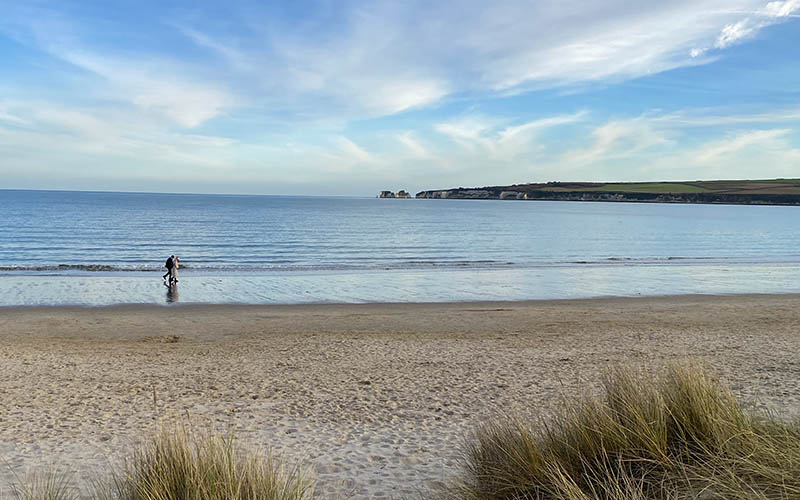
The National Trust plans to turn a newly acquired 4.4 mile stretch of the Jurassic Coast into a wildlife haven – the 350-acre Weston Farm on St Aldhelm’s Head, South Purbeck. It’s home to 15 different species of bat which roost in caves and abandoned quarries on the site.
Corn mill with original wooden machinery in a peaceful riverside setting.